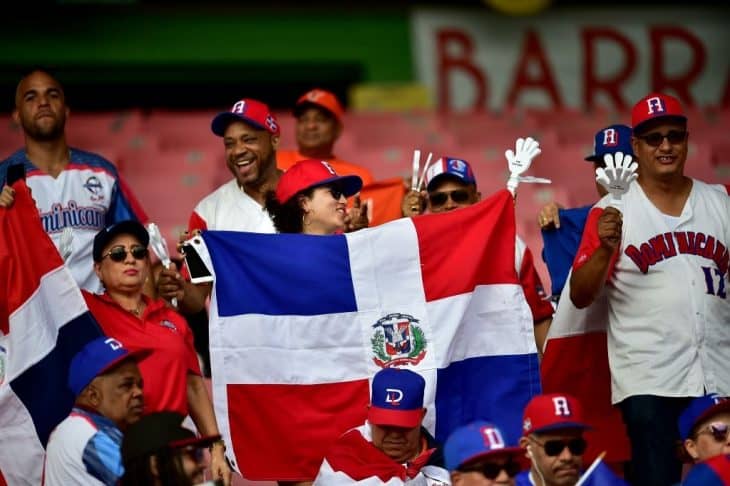
The Dominican Republic is one of the Carribean’s treasures… Get to know it more with these Dominican Republic facts!
- The people of the Dominican Republic are called Dominican.
- Dominicans are family-oriented people.
- Dominicans prefer living in joint families.
- The official language of the Dominican Republic is Spanish.
- Dominican Republic’s land area is 48,442 km².
- Dominican Peso is the country’s currency.
- The Dominican Republic is the most visited country in the Carribean.
- The annual average temperature of the Dominican Republic is 25°C.
- Like Puerto Rico, the Dominican Republic is also known for producing high-quality rum.
- The total population of the Dominical Republic is the Dominican Republic is around 10.77 million.
- As of the year 2019, the Dominican Republic is the 85th most populated country in the world.
- Santo Domingo is the capital of the Dominican Republic.
- Above all, Santo Domingo is the biggest city in the Dominican Republic. In addition, the city’s size is 104.4 km².
- The Dominican Republic is located on the island of Hispaniola, within the Caribbean Sea and the Atlantic Ocean. In addition, Hispaniola is an island in the Caribbean archipelago known as the Greater Antilles.
- The area code of the Dominican Republic is +809.
- The Dominican Republic is the 2nd largest island in the Caribbean.
- The Dominican Republic shares the same island with Haiti.
- Both the Dominican Republic and Haiti almost have the same population.
- The Dominican Republic owns a bigger portion of the island than Haiti.
- Dominican Republic’s Gross Domestic Product is ten times bigger than Haiti.
Dominican Republic Facts Infographics
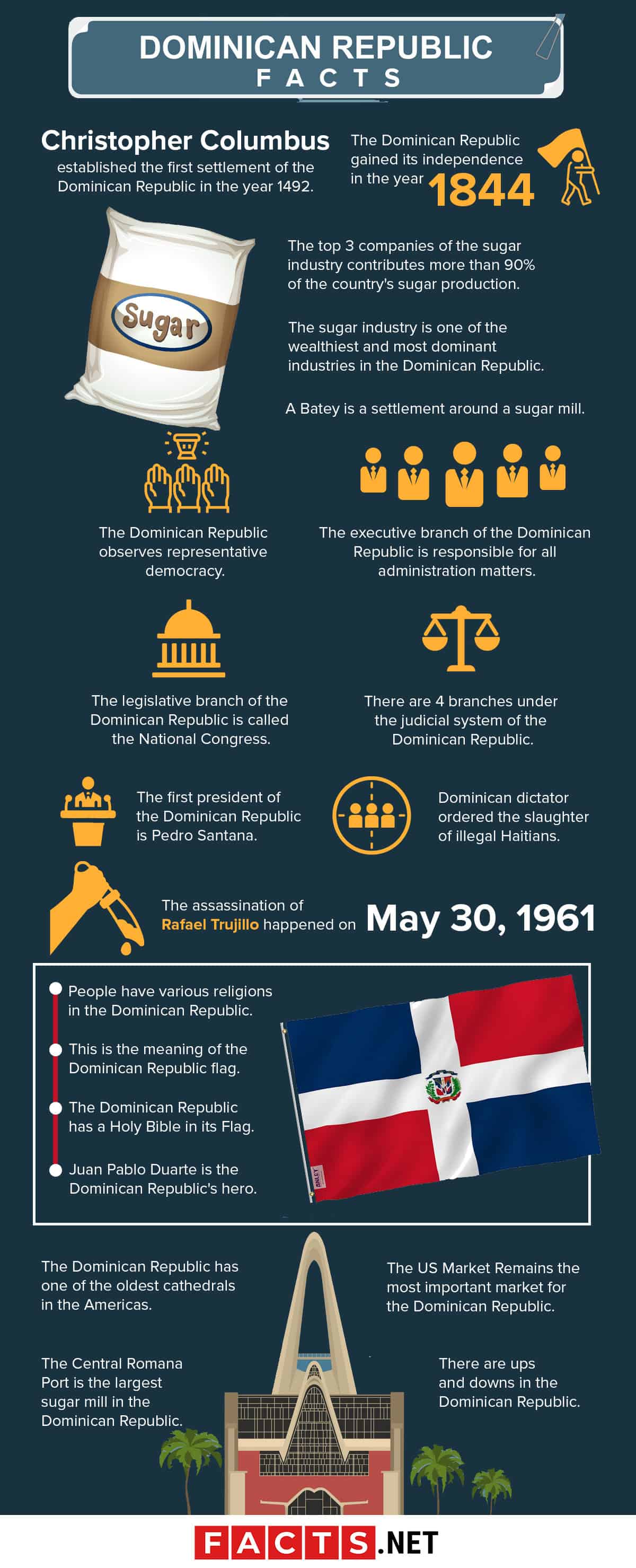
Christopher Columbus established the first settlement of the Dominican Republic in the year 1492.
Christopher Columbus established the first European settlement of the Dominican Republic and Haiti in 1492. However, in 1795, Spain gave up the island to France.
The Dominican Republic gained its independence in the year 1844.
In the year 1808, the Dominicans and Haitians started to fight back to drive the French out of the island. As a result, the Haitians had established control of the whole island in the year 1822. Finally, in the year 1844, the Dominican Republic gained its independence.
The Dominican Republic observes representative democracy.
The Dominican Republic is a representative democracy with three arms of power (executive, legislature, and judiciary).
The executive branch of the Dominican Republic is responsible for all administration matters.
The executive branch of the Dominican Republic is responsible for the administration along with the guidance of legislature and judiciary. Above all, the President serves as the head of the country/executive branch with the power over the appointments and dismissal of public officers.
The legislative branch of the Dominican Republic is called the National Congress.
The legislative branch of the Dominican Republic is made up of a bicameral parliament referred to as the National Congress. Furthermore, the Senate is made up of 32 members that approve laws and to decide on some of the claims made by the Chamber of Deputies (the lower house).
There are 4 branches under the judicial system of the Dominican Republic.
The judicial system of the Dominican Republic regulates justice and makes sure that all rights under the constitution are acknowledged, protected, and well supervised. The system consists of the Supreme Court of Justice, Court of Appeals, Courts of First Instance, and the Justices of the Peace.
The first president of the Dominican Republic is Pedro Santana.
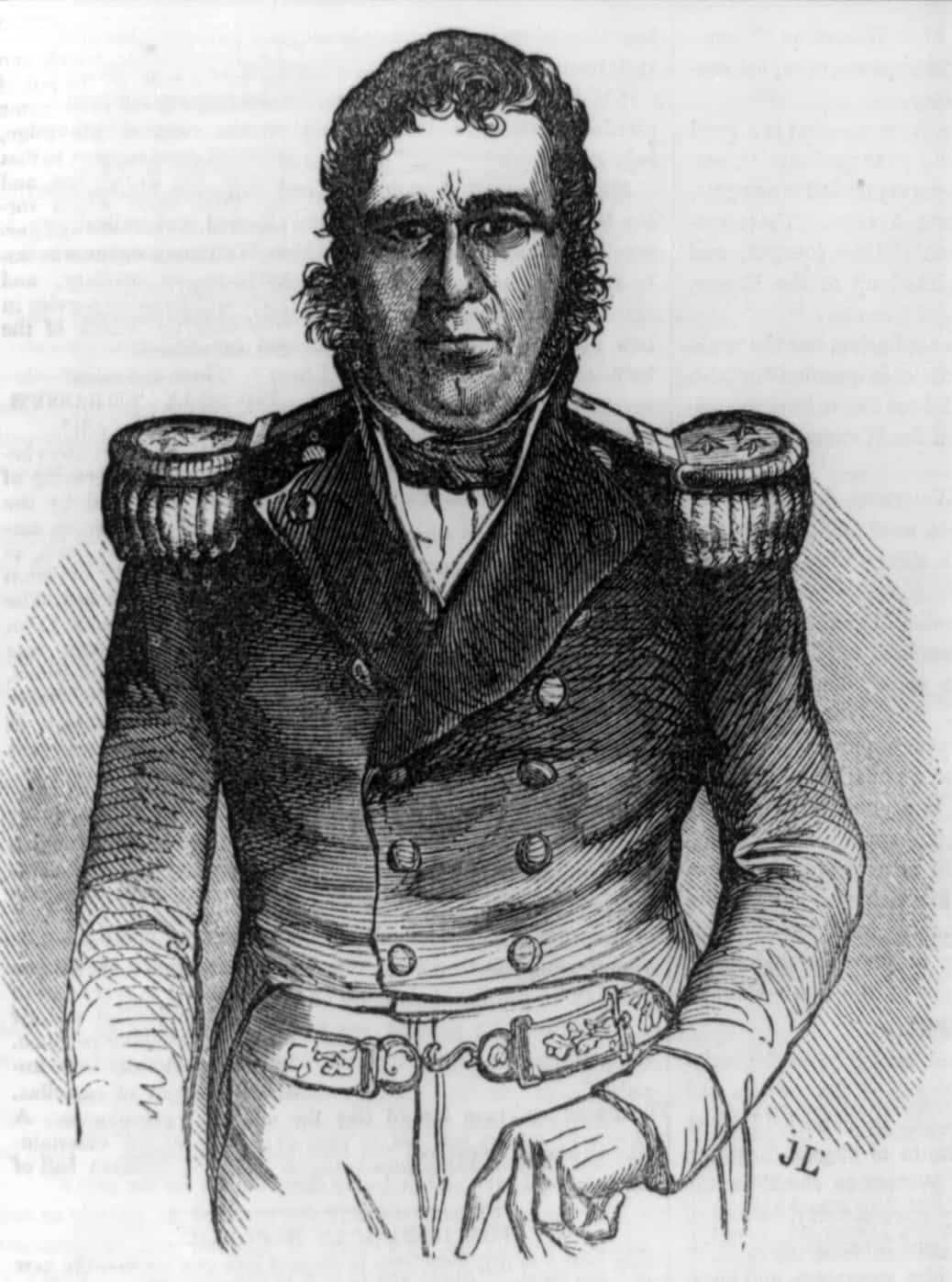
Pedro Santana is the first President of the Dominican Republic. Moreover, his presidency had 3 terms from the year 1844 to 1848, 1853 to 1856, and 1858 to 1861. Above all, Santana had great talent as a military leader. However, he was often criticized as an “economic disaster” as well as being a dictator.
Dominican dictator ordered the slaughter of illegal Haitians.
Dominican dictator and former President Rafael Trujillo ordered the slaughter of illegal Haitians in border areas of the Dominican Republic in 1937. Furthermore, the execution range from up to 25,000 people killed over the course of a few weeks.
The assassination of Rafael Trujillo happened on May 30, 1961.
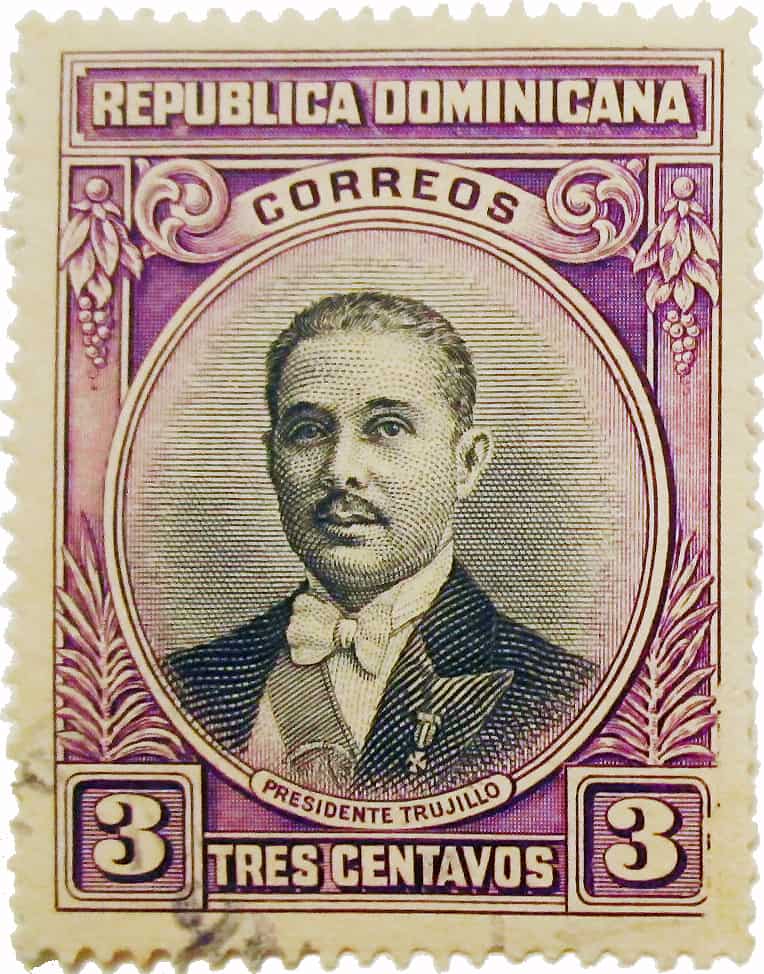
The assassination of Rafael Trujillo happened while he was traveling home in his car. Seven assassins shot the former president on May 30, 1961. Unfortunately, some of the assassins were his own officials.
There are ups and downs in the Dominican Republic.
The tough days of brutality, conspiracy, and ruin during colonial times hurt the Dominican Republic. Even more, it was affected by the weak economy and political uncertainty even after gaining independence. However, the Dominican Republic is currently developing through tourism and agriculture.
A Batey is a settlement around a sugar mill.
A Batey is a settlement around a sugar mill. Furthermore, it is a company town consisting of barracks and houses. They are located close to the cane fields of the Dominican Republic in order for the group of workers to live nearby their labor sites.
The sugar industry is one of the wealthiest and most dominant industries in the Dominican Republic.
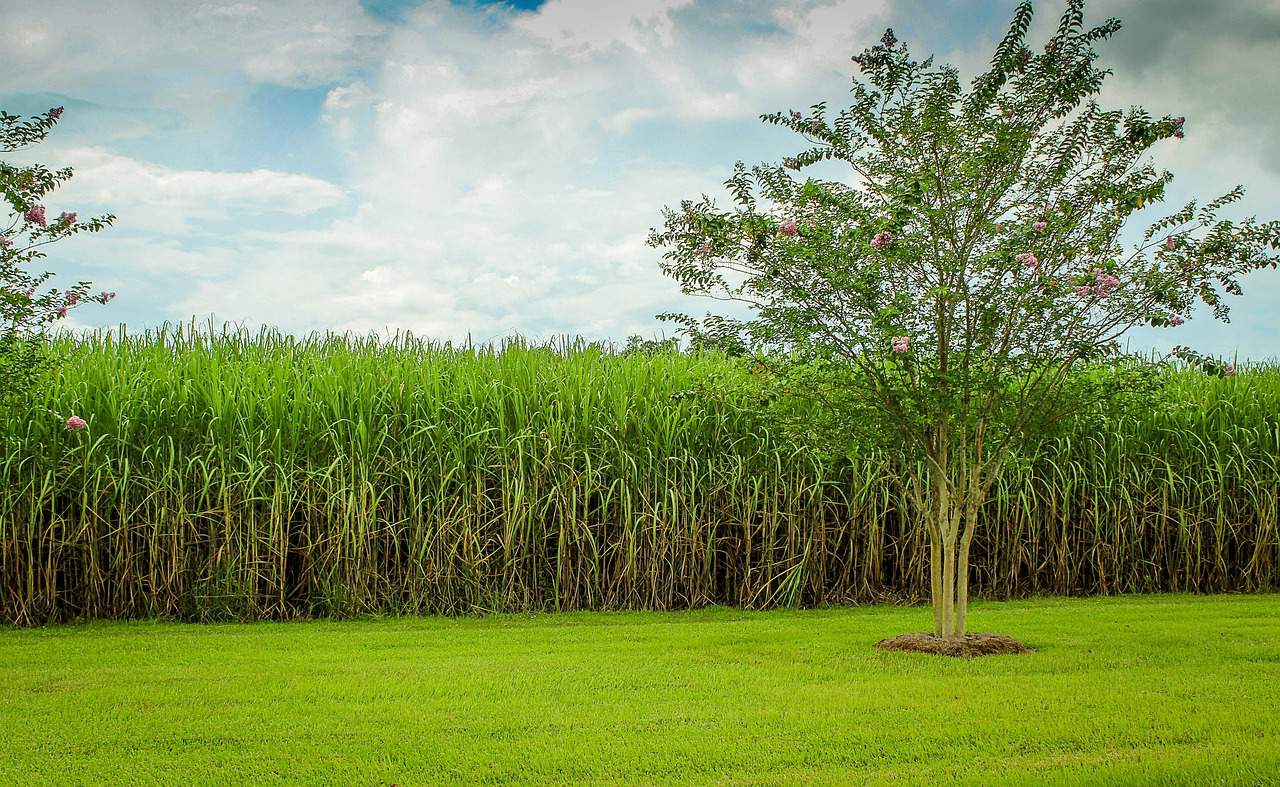
The Dominican Republic’s sugar industry is one of the elite businesses in the country and owns a huge amount of land, where Bateyes are built. Above all, the sugar industry is one of the wealthiest and most dominant industries in the Dominican Republic.
The US Market Remains the most important market for the Dominican Republic.
The US Market Remains the most important market for the Dominican Republic with more than $110 million of sugar export each year in the US alone. Furthermore, the Dominican Sugar Industry has always been a leader in the agricultural space and continues to dominate in terms of state-of-the-art technology.
The top 3 companies of the sugar industry contributes more than 90% of the country's sugar production.
The top 3 companies of the sugar industry in the Dominican Republic are Central Romana, Cristobal Colon, and Barahona. These 3 companies contribute a whopping 93% share of the country’s sugar production.
The Central Romana Port is the largest sugar mill in the Dominican Republic.
The Central Romana Port is a private company that was established in 1911 in Romana River, La Romana. It is owned by Central Romana Corporation with a record of producing 3.8 million tons of sugar.
The Dominican Republic has one of the oldest cathedrals in the Americas.
The Catedral de Santa Maria La Menor of the Dominican Republic is one of the oldest cathedrals in the Americas. Pope Julius II commissioned the cathedral in 1504 and started its construction in 1512. Finally, the Catedral de Santa Maria La Menor was completed in 1541. The Catedral de Santa Maria La Menor was also the first Catholic archdiocese.
People have various religions in the Dominican Republic.
48% of the Dominicans are catholic and 21% protestant. Moreover, 28% consider their selfs unaffiliated with only 3% undecided.
This is the meaning of the Dominican Republic flag.

The blue on the flag of the Dominican Republic stands for liberty, while the white for salvation, the red for the blood of heroes, and the white cross is symbolic of faith in Christ. Moreover, Juan Pablo Duarte designed the flag of the Dominican Republic and adopted in the year 1844.
The Dominican Republic has a Holy Bible in its Flag.
The Dominican Republic is the only country to have an image of the Holy Bible on its national flag.
Juan Pablo Duarte is the Dominican Republic's hero.
Juan Pablo Duarte is a Dominican writer, activist, military, liberal politician and one of the “founding fathers” of the Dominican Republic. Above all, he is the Dominican Republic’s folk hero, revolutionary visionary and the flag designer of the country.
Merengue is a type of music and dance that originated in the Dominican Republic.
Merengue is a type of music and dance that originated in the Dominican Republic that uses instruments such as guitars, trombone, piano, trumpet, etc. Furthermore, the Merengue became popular and successful in Latin America, and as far as the United States.
Dominicans are known for their baseball players.
Dominicans are known for their baseball players along with their love and passion in the game. Thus, it is a home for the second-largest number of Major League Baseball players.
The famous baseball player Pedro Martinez is a Dominican.
Pedro Martinez is a Dominican baseball player and one of the most dominant pitchers of all-time with the highest winning percentage of any 200-game winner. Above all, Martinez is an eight-time all-star.
The Rhinoceros Iguana of the Dominican Republic is now an engaged species.
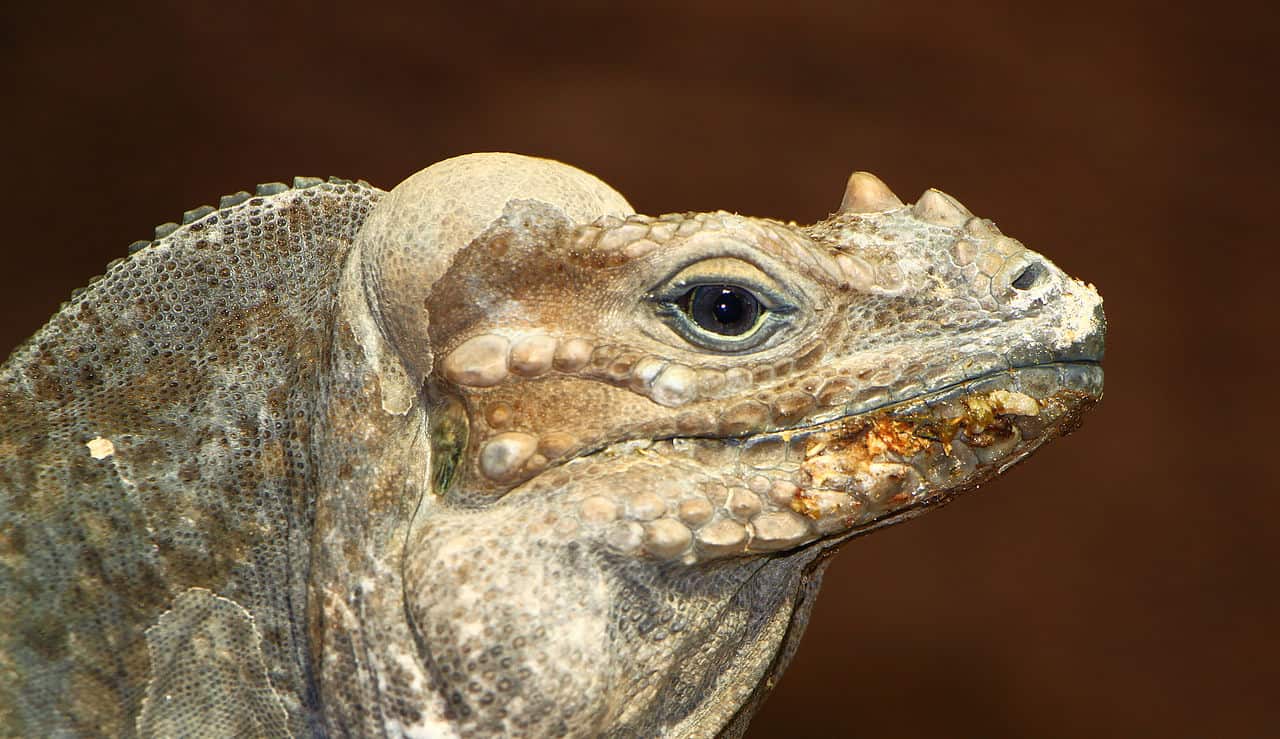
The Rhinoceros Iguana is a species of lizard that is found in the Dominican Republic. Moreover, the lizard varies in length from 60 to 136 centimetres with a skin colour of steely grey, dark green or brown. Furthermore, they eat leaves, flowers, berries, and fruits. However, the Rhinoceros Iguana is now an engaged species on the island.
The highest peak of the Dominican Republic is Pico Duarte.
The highest peak of the Dominican Republic is Pico Duarte at 3,098 meters and located 53 miles north-east of the region’s lowest point, Lake Enriquillo. Above all, Pico Duarte is the highest peak in the whole Caribbean island.
Robert Hermann Schomburgk climbed Pico Duarte in the year 1851.
In 1851, Robert Hermann Schomburgk, a British consul, climbed Pico Duarte thus naming the mountain “Monte Tina”. Moreover, Robert Hermann Schomburgk is the first man to climb the mountain.
The Dominican Republic is a resilient country.
Even if the Dominican Republic experience heavy storms each year, between June and October, more than 50% of the land of the island is used for agriculture. In other words, the Dominican Republic is a resilient country.
In contrast, the Dominican Republic is also known as the “endless summer”.
In contrast to the rainy seasons, the Dominican Republic is also known as the “endless summer” since the country experiences warm and sunny conditions in most parts of the year.
Here are the peak and lean season of the Dominican Republic.
The peak season of the Dominican Republic is considered to be March, April, and May. In contrast, the lean season of the country is September where the flights and tours on the island are generally much cheaper.
The Dominican Republic has an amber museum.
Dominican Republic’s Amber Museum in Puerto Plata has an amber stone with a prehistoric preserved mosquito. Furthermore, the 15 to 20 million-year-old mosquito was the first fossil record of Plasmodium Malaria, a parasite that infects and kills humans.
The Dominican Republic is the Breadbasket of the Caribbean.
The Dominican Republic is known as the “Breadbasket of the Caribbean”. In other words, the island has rich soil. Thus, it has produced large quantities of wheat or grain and blessed with a tropical climate.
The biggest lake in the Caribbean is Lake Enriquillo.
Lake Enriquillo is the biggest lake in the Caribbean located in the southwestern region of the Dominican Republic. Above all, it is also the lowest elevation in the whole Caribbean islands at 45m below sea level.
Lake Enriquillo is a hypersaline lake.
Lake Enriquillo is a hypersaline lake, a body of water that contains salt, which covers an area of 375 square km and home to at least 400 species of animals. The lake is one of the biggest saltwater lakes in the world as well.
The Dominican Republic is among the lowest percentage-wise in HIV.
Out of the 10 million people in the Dominican Republic, 67 thousand are affected by the HIV virus. However, the Dominican Republic is among the lowest percentage-wise in HIV in the Caribbean region.
The national animal of the Dominican Republic is Palmchat.
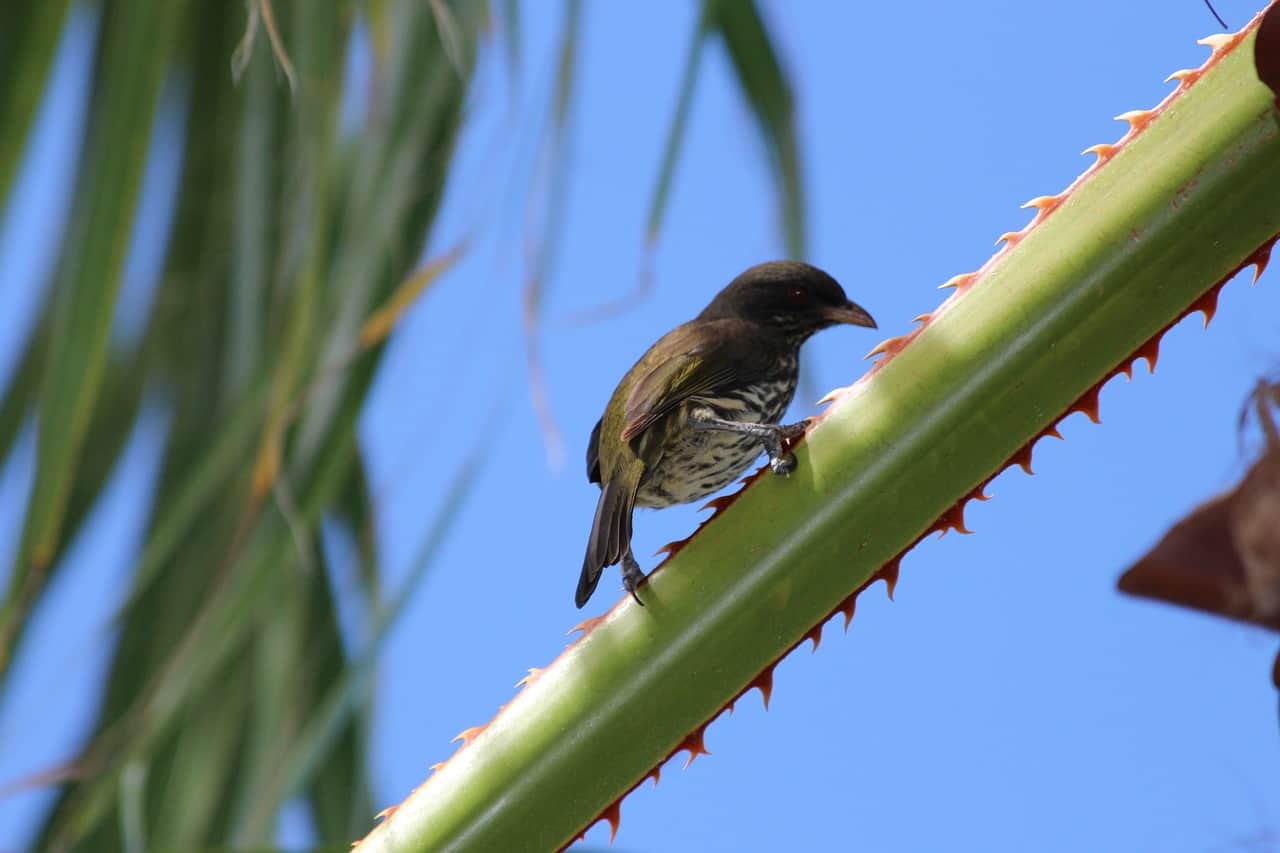
The national animal of the Dominican Republic is Palmchat, a small but long-tailed passerine bird. Moreover, palmchat is endemic, which exist only in one geographic region, to the Dominican Republic.
Here are the birth and death rate statistics of the Dominican Republic.
The birthrate of the Dominican Republic is 18.9 births per 1,000 population, while its death rate is 6.4 deaths per 1,000 population with a literacy rate of 93.8%. In addition, its life expectancy is 71 years old.
Danilo Medina Sanchez is the current President of the Dominican Republic as of 2019.
Danilo Medina Sanchez is a Dominican politician and the President of the Dominican Republic as of 2019 since the year 2012. Moreover, Mr. Medina previously served as Chief of Staff to the President of the Dominican Republic (Leonel Fernandez) from the year 1996 to 1999 and from the year 2004 to 2006.
Jose Reyes composed the National Anthem of the Dominican Republic.
The Dominican composer, Jose Reyes was born in Santo Domingo on November 15, 1836, and is known for his compositions of waltzes and marches. Reyes also composed the National Anthem of the Dominican Republic.
This is the history of the national anthem of the Dominican Republic.
The national anthem of the Dominican Republic’s first public performance occurred on August 17, 1883. The national anthem is successful in general. But in contrast, objections were made to the lyrics for some historical inaccuracies. Finally, the national anthem revision took place in the year 1897 which they use to this day.
Here are five of the most famous festivals in the Dominican Republic.
To enumerate the festivals, those are Guloya, Carnival, Isle of Light, Merengue, and Presidente.
The Guloya Festival celebrates the new year.
The Guloya Festival of the Dominican Republic is celebrated to start the new year. Furthermore, it is to remember the cultural influence of the Cuban immigrants who founded the town when escaping from their own country’s War of Independence in the 1800s.
The Carnival Festival is reflective and colourful.
The Dominican Carnival happens every Sunday during the month of February. Moreover, the festival aims to reflect its history by wearing colorful costumes that symbolize Dominican religious and traditional characters.
The Isle of Light festival is an attraction in Santo Domingo.
The Isle of Light festival is an attraction in Santo Domingo, Dominican Republic. Moreover, there are live performances, music, food coming from local vendors, and artworks. The festival’s objective is to promote the culture of the Caribbean.
The Merengue Festival celebrates the genre.
Every year since the year 1967, top bands perform during Merengue Festival. Above all, the festival is organised by the Ministry of Tourism of the Dominican Republic promoting art and handicraft exhibits, food fairs, games, and most especially Merengue’s music and dance.
Juan Luis Guerra is the most internationally recognised Dominican songwriter and singer.
Juan Luis Guerra is born on June 7, 1957, in Santo Domingo, Dominican Republic. Moreover, Juan Luis Guerra is the most internationally recognized Dominican songwriter and singer. Thus, Guerra’s pop style of Merengue and Bolero and Afro-pop/Latin fusion was also his instrument for his achievements beyond the Dominican Republic.
Ramon Baez Figueroa could be the richest man on the island.
The former president of Banco Intercontinental from the Dominican Republic, Ramon Baez Figueroa could be the richest man on the island. However, the accusation to Mr. Figueroa in 2003 as the mastermind of banking fraud and money laundering amounting to more than US$2.2 billion led him to 10 years imprisonment.
The Dominican Republic claims the 10th spot of the world's leading cocoa manufacturers.
The Dominican Republic is one of the top ten manufacturers of cocoa on earth. The government works to ensure its cocoa production is done in an environmentally productive manner.
The first privately owned international airport in the world is in the Dominican Republic.
One of the busiest airports in the Dominican Republic is Punta Cana International Airport. Furthermore, the airport is located in the eastern Dominican Republic and the first privately owned international airport in the world.
Grupo Puntacana is the owner of Punta Cana International Airport.
Grupo Puntacana started the plan of Punta Cana International Airport in 1974. The airport opened on December 17, 1983, and it started off as a relatively small airport that assisted 150 passengers every hour and a half. Today, Punta Cana International Airport is one of the biggest in the Dominican Republic.
Grupo Puntacana was established in 1969.
Grupo Puntacana was established by businessman and hotelier Frank Rainieri and Theodore Kheel in 1969. Aside from the operations of Punta Cana International Airport, the group also operates a resort and real estate businesses. The company has won numerous awards and recognitions in the Dominican Republic.
The famous fashion designer Oscar de la Renta is Dominican.
Oscar de la Renta is a famous fashion designer from the Dominican Republic. Most noteworthy, Oscar dressed the iconic first lady of the United States Jacqueline Kennedy. Oscar de la Renta died on October 20, 2014, at aged 82 from complications in cancer.
Humpback whales come to the Dominican Republic between December and March.
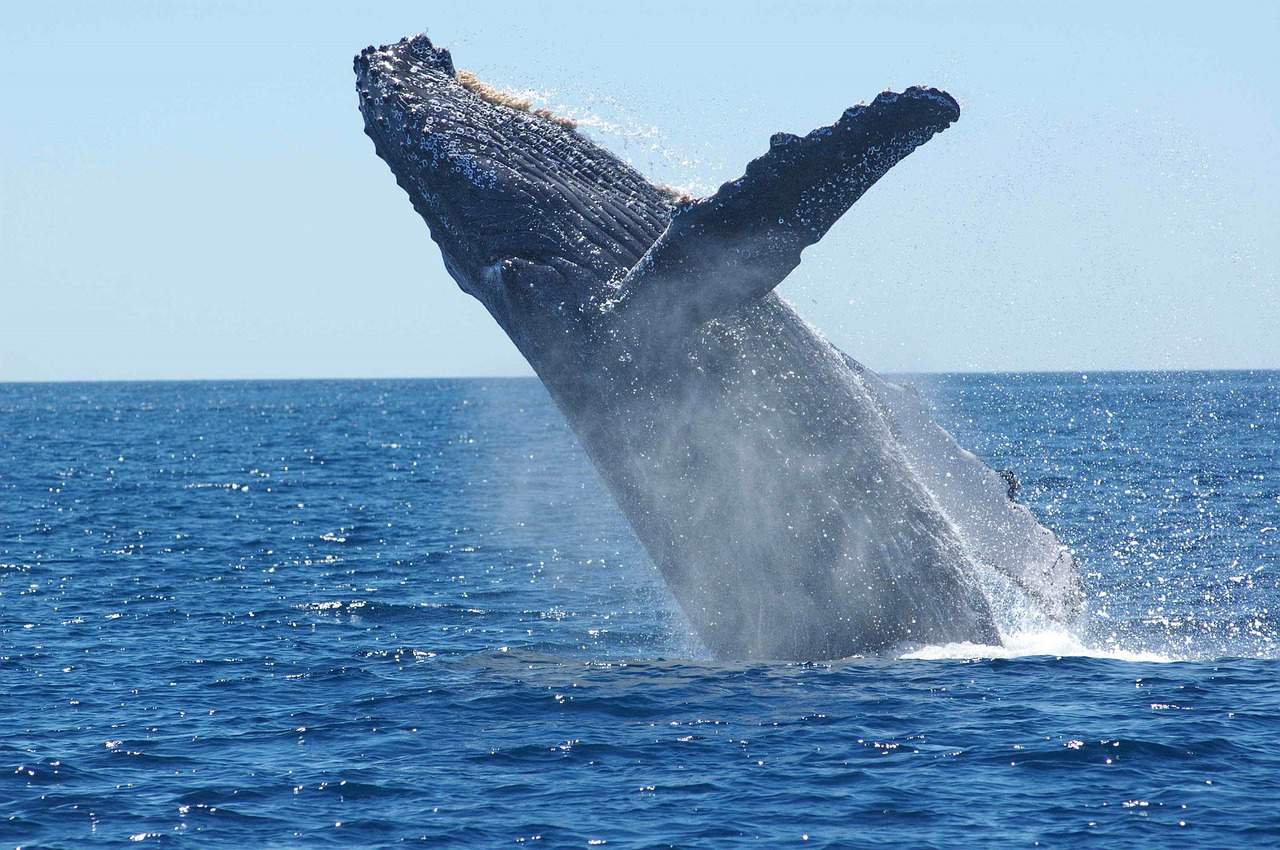
Humpback whales (a species of baleen whale) come between December to March every year for mating on the Bay of Samana, Dominican Republic. Furthermore, humpback whales are a national treasure in the country and preserved by the government.
The Dominican Republic still imports some fish from other countries.
Waters surround the island of the Dominican Republic. In contrast, the country still imports some fish from other countries for local consumption. Thus, the government is exploring ways to utilize water resources.
There are different kinds of fishes in the Dominican Republic.
To enumerate, the fishes that are found in the Dominican Republic are marlin, barracuda, kingfish, mackerel, tuna, tarpon, sailfish, bonito, snapper, and grouper.
West Indian Mahogany is the national tree of the Dominican Republic.
West Indian Mahogany Tree (Swietenia Mahagoni) is the national tree of the Dominican Republic. It officially became the national tree on July 12, 2011.
The Dominican has 1290 kilometers of coastline.
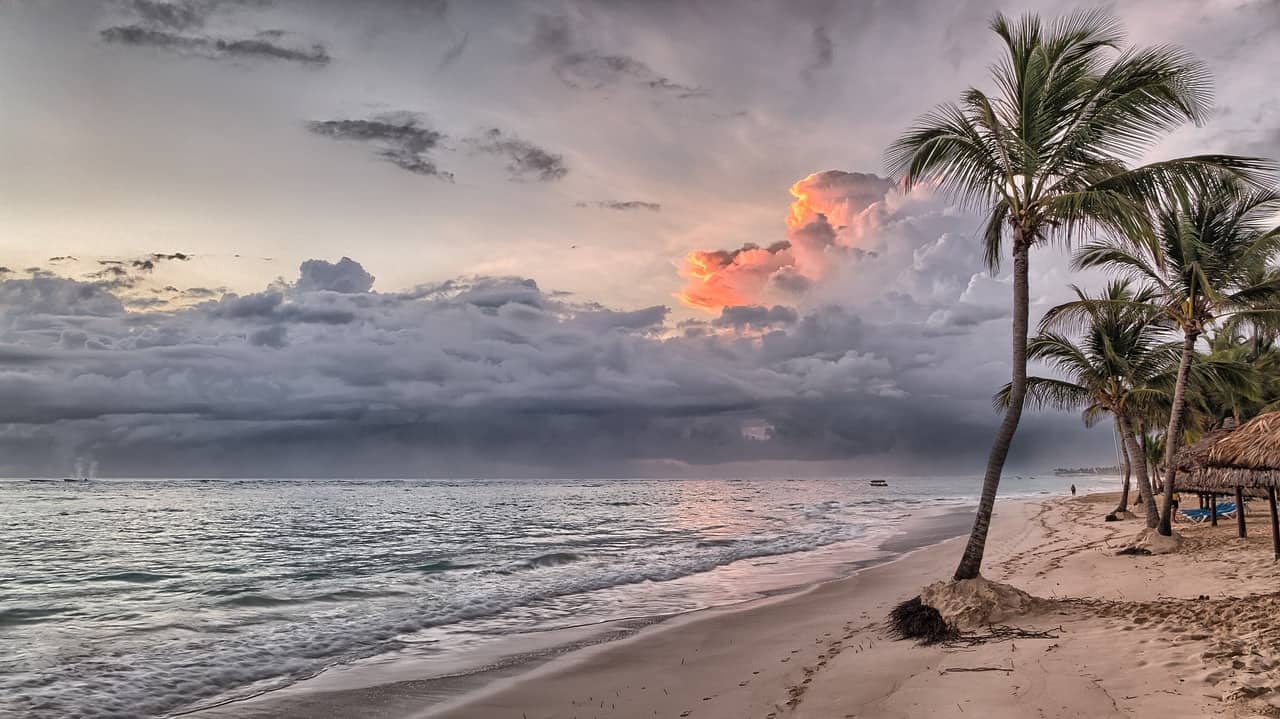
The Dominican Republic has 1290 kilometers of coastline and more than 200 beaches. Above all, some of the beaches in the country are the best in the Caribbean islands such as Bávaro Beach and Playa Rincón.
The Dominican Republic is also famous in the world for its golf courses.
The Dominican Republic is also famous in the world for its golf courses. Besides, the country offers more than 25 designer golf courses with lush fairways set along with the impressive mountain sceneries and coasts.
'Pirates of the Dominican Republic' was real in the 17th century.
In the mid 17th century, the Dominican Republic is hiding place for several pirates. Furthermore, the island is used as the headquarters and foothold, thus the pirates would recruit people there for more manpower to raid and loot the Spaniard ships.
Mama Juana is the most famous drink in the Dominican Republic.
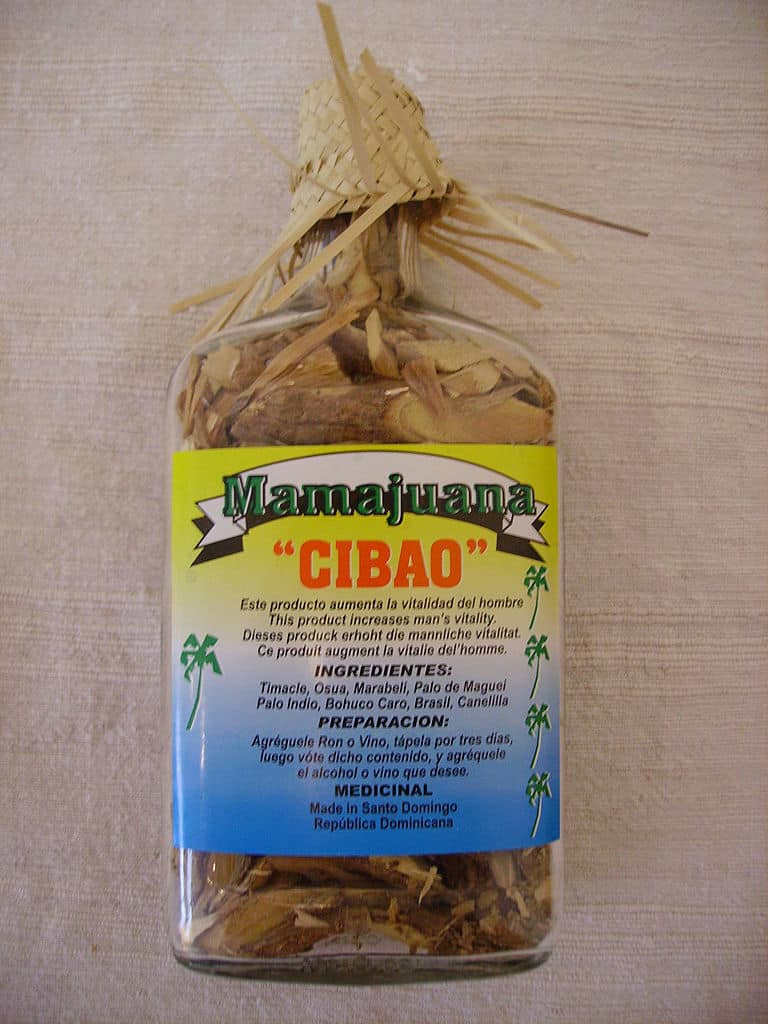
Mama Juana is the most famous drink in the Dominican Republic. The famous local drink is made of red wine, rum, honey, herbs, and tree bark. According to locals, Mama Juana has medicinal properties such as helping the digestion, prevents flu, and keeps the liver and kidneys healthy. The taste of Mama Juana is similar to port wine.
Republica Dominica is the local term of the island.
Republica Dominicana is the local term for the Dominican Republic. The word Dominicana comes from the Latin word ‘Dominicus’ which means Sunday. Santo Domingo de Guzmán, the founder of the Order of the Dominicans, gave its name to the country.
Was this page helpful?
Our commitment to delivering trustworthy and engaging content is at the heart of what we do. Each fact on our site is contributed by real users like you, bringing a wealth of diverse insights and information. To ensure the highest standards of accuracy and reliability, our dedicated editors meticulously review each submission. This process guarantees that the facts we share are not only fascinating but also credible. Trust in our commitment to quality and authenticity as you explore and learn with us.
